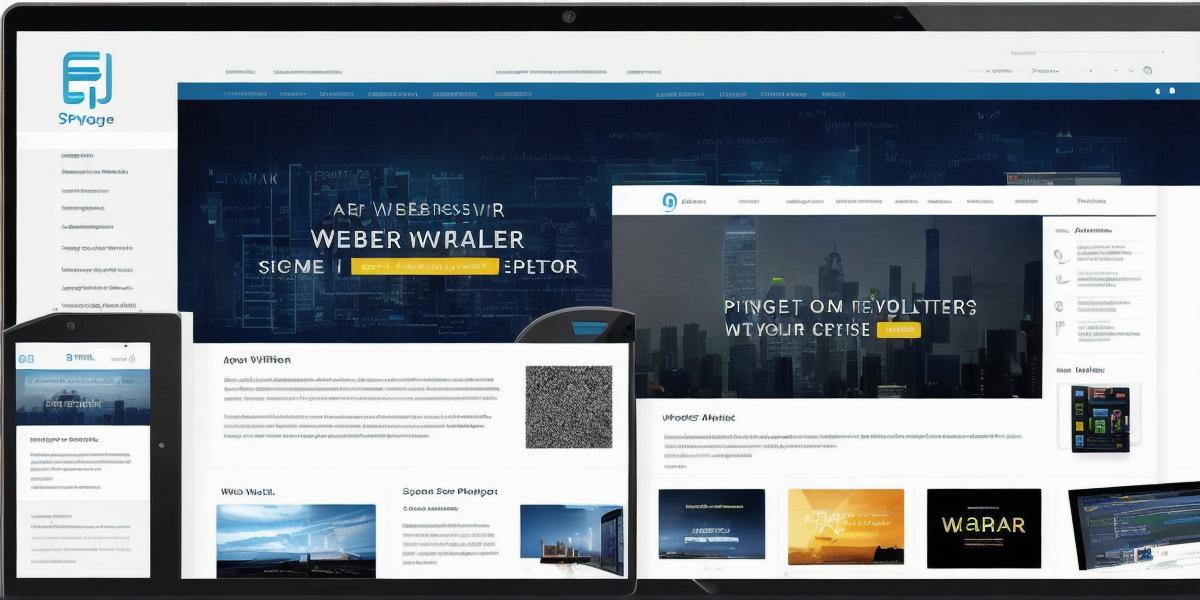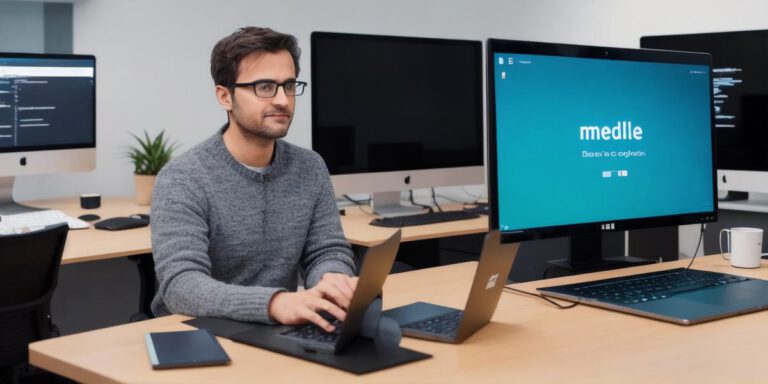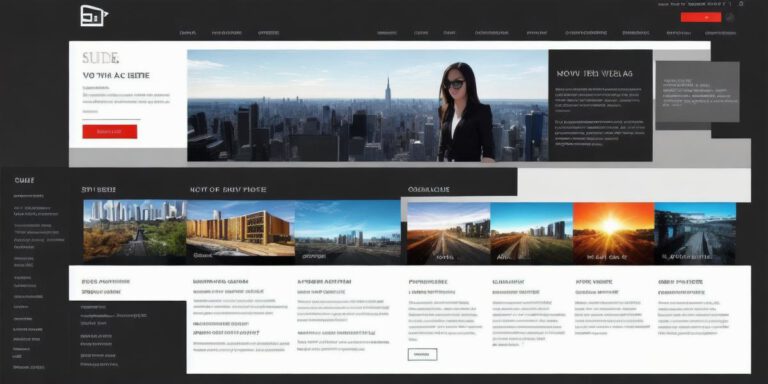Why Python is a Must-Have Skill for Modern Web Designers: A Guide

Python has become one of the most popular programming languages among web developers due to its versatility, simplicity, and ease of use. In this guide, we will explore why Python is a must-have skill for modern web designers and provide some tips on how to get started.
1. Versatile
Python is a general-purpose language that can be used for a variety of tasks, including web development. It has a large number of libraries and frameworks that make it easy to create dynamic websites, web applications, and data analysis tools. Some popular Python libraries for web development include Flask, Django, and Pyramid.
2. Easy to Learn
Python is considered one of the easiest programming languages to learn due to its simple syntax and clear, concise code. It also has a large community of developers who provide free resources such as tutorials, documentation, and forums where beginners can ask questions and receive support.
3. Efficient Development
Python’s simplicity and ease of use make it an ideal language for rapid prototyping and iterative development. Web designers can quickly build and test prototypes using Python’s various frameworks and libraries, making it easier to identify and fix issues early in the development process.
4. Scalability
Python is highly scalable and can be used to create large-scale web applications. Its ability to handle large volumes of data and users makes it an ideal choice for e-commerce websites, social media platforms, and other complex web applications.
5. Large Community
The Python community is incredibly large and supportive, with many developers contributing to its development and providing resources for beginners. This makes it easier for web designers to find help when they encounter issues or need advice on a particular project.
6. Cost-Effective
Python is an open-source language, which means that it’s free to use and distribute. This makes it a cost-effective choice for web development projects, especially for small businesses or startups with limited budgets.
7. Real-Life Examples
There are many successful websites and applications built using Python, including Google, YouTube, Pinterest, and Instagram. These examples demonstrate the versatility and scalability of Python in web development.
Tips for Getting Started with Python
1. Choose a Learning Platform
There are many online platforms that offer courses and tutorials on Python programming. Some popular options include Codecademy, Coursera, Udemy, and edX.
2. Install the Language
Python can be installed on any computer with an internet connection. The installation process is straightforward and takes only a few minutes.
3. Practice Coding Exercises
There are many coding exercises available online that will help you practice your Python skills. Sites like HackerRank, LeetCode, and CodeWars offer challenging coding problems that will test your knowledge and improve your abilities.
4. Join a Community
The Python community is incredibly active, with many forums, groups, and chat rooms where developers can connect and share ideas. Joining a community will provide you with support and guidance as you learn the language.
5. Build Projects
One of the best ways to learn Python is by building projects using the language. Start with simple projects and work your way up to more complex ones. Building projects will help you apply what you’ve learned and gain practical experience in web development.
In Summary
Python is a versatile, easy-to-learn, and cost-effective programming language that is ideal for modern web designers. Its simplicity and ease of use make it an excellent choice for rapid prototyping and iterative development, while its scalability makes it suitable for large-scale web applications. With the right resources and practice, anyone can learn Python and become a proficient web developer.








